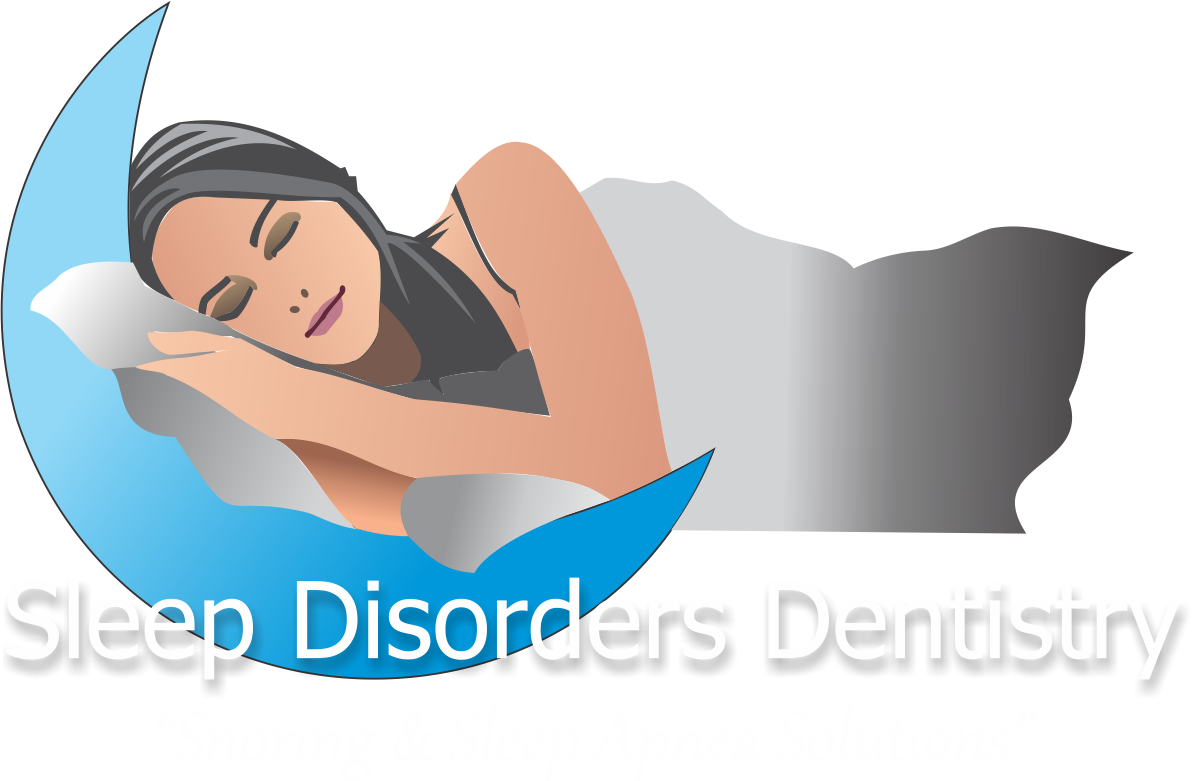Sleep Disorders Risk Management for the Workplace…
Sleep Disorders Risk Management for the workplace you say, not much has changed in the last twenty years.
In 1993, the National Commission on Sleep Disorders Research estimated that over 70 million U.S. workers are overly tired and that the cost of workplace accidents caused by sleepiness surpasses $100 billion annually. In 2010, a study investigating sleep problems and work injuries in Canadian workers found that “trouble sleeping” was associated with “increased work injury” (SLEEP 2010; 33:5). This year, a Harvard study of more than 10,000 people found that insomnia is responsible for 274,000 workplace accidents and errors each year (J Arch Gen Psy Oct 2013). Yet, sleepiness continues to be ignored and erroneously chalked up to factors such as aging, un-avoidable workload and unreasonable responsibilities.
Treating sleep disorders is a relatively young field, however, it has come a long way over the last twenty years; too bad the knowledge we’ve acquired is still not often implemented. With a simple screening questionnaire, workers that are likely to have some level of sleep disorder can be isolated. With a simple overnight sleep study a qualified physician can properly diagnose the nature of the sleep disorder and appropriate treatment recommendations made. These recommendations range from lifestyle changes such as weight loss and exercise, to medication, to simple surgical procedures, to wearing a medical device such as nasal continuous positive airway pressure (nCPAP) or an oral appliance (Airway Orthotic).
In stark contrast, we have come a long way in maintaining Zero Tolerance for Drug Abuse in the workplace, a problem shown to exist in approximately 5% of the workforce. Yet, just one Sleep Disorder, Sleep Apnea has been shown to exist in up to 10% of males over the age of 40 in the general population and approaching levels of 80% in certain groups such as long distance truck drivers (Chest, 1995, 107). As a meaningful aside, long distance truck drivers have the highest on-the-job mortality rate of any profession. If we factor in the many other Sleep Disorders, it is clear that implementing Sleep Disorders Risk Management in your organization stands to provide benefits in a proportion of many multiples that obtained from Zero Drug Tolerance campaigns.
With the ease with which Sleep Disorders can be diagnosed, and the range of treatment options available to treat these disorders, there is no reason at all for industry to continue turning a blind eye to the cost these disorders impose on the individual, on society and on their own organization.
John Viviano BSc DDS D ABDSM
